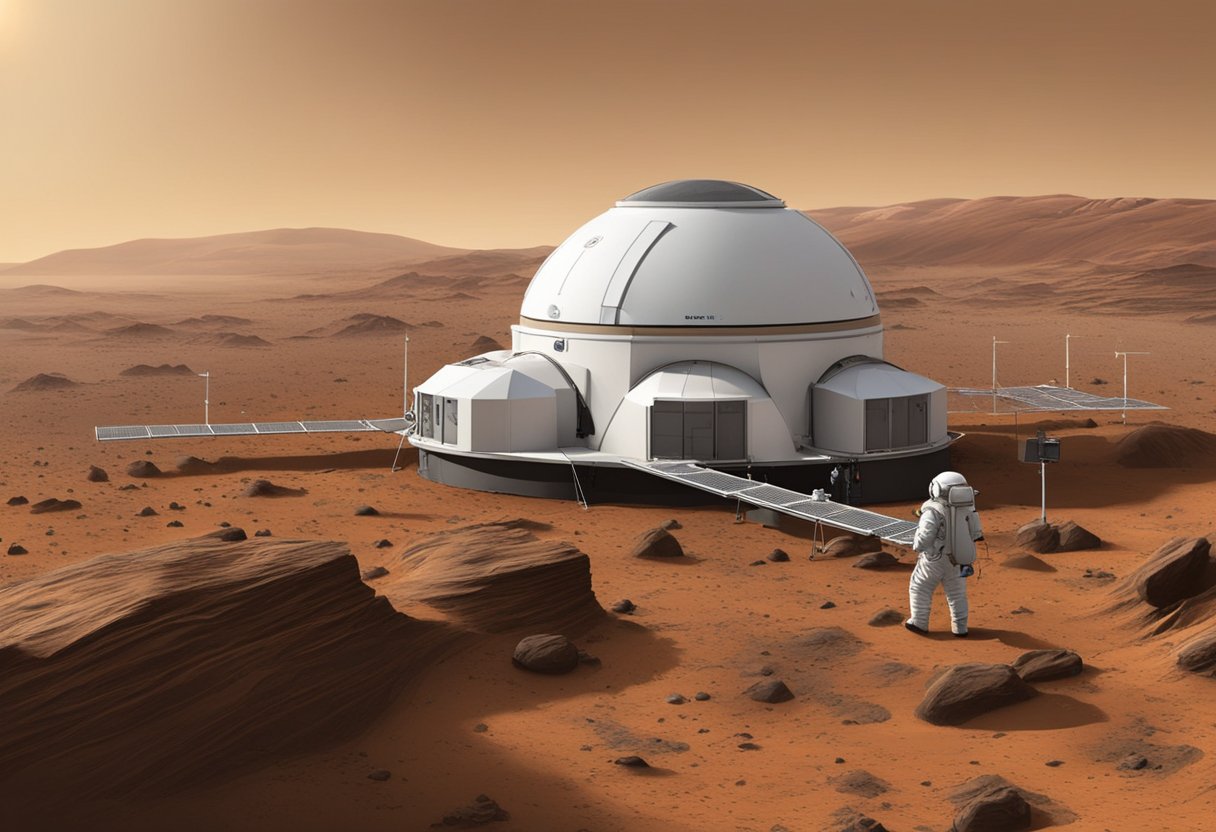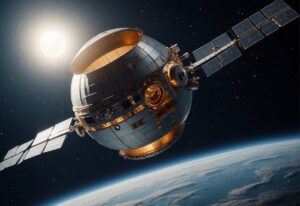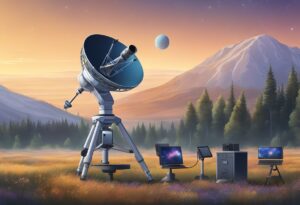The United Arab Emirates’ Hope Mission to Mars is the first interplanetary mission of the Arab world. The mission launched in July 2020, and the spacecraft arrived in orbit around Mars in February 2021.
The Hope orbiter is designed to study the Martian atmosphere and climate, providing a better understanding of the planet’s past and present conditions.
The scientific goal of the Hope Mission to Mars is to provide a comprehensive understanding of the Martian atmosphere and climate.
The mission aims to study the planet’s weather patterns, dust storms, and atmospheric composition to better understand the planet’s past and present conditions.
The data collected by the Hope orbiter will help scientists to understand how the Martian atmosphere has changed over time and the factors that have contributed to these changes.
Key Takeaways:
- The Hope Mission to Mars is the first interplanetary mission of the Arab world.
- The scientific goal of the mission is to provide a better understanding of the Martian atmosphere and climate.
- The data collected by the Hope orbiter will help scientists to understand how the Martian atmosphere has changed over time and the factors that have contributed to these changes.
Mission Overview
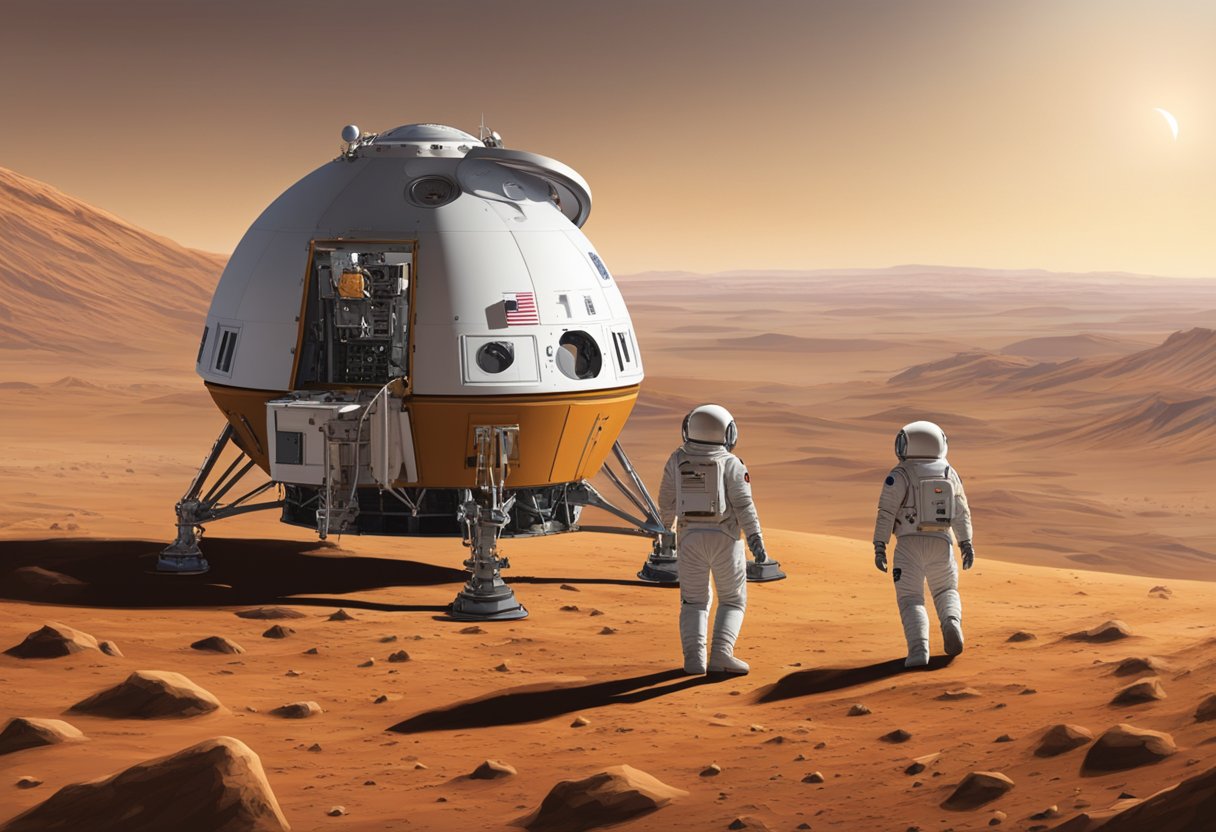
The Hope mission to Mars, also known as the Emirates Mars Mission, was launched on July 20, 2020, from the Tanegashima Space Center in Japan. The mission was spearheaded by the Mohammed Bin Rashid Space Centre in the UAE, with the aim of studying the Martian atmosphere and providing a better understanding of the planet’s climate and weather patterns.
Launch and Journey
The Hope spacecraft was launched aboard a Japanese H-IIA rocket, and after a seven-month journey, it successfully entered Mars orbit on February 9, 2021.
The spacecraft is equipped with three scientific instruments, including an infrared spectrometer, an ultraviolet spectrometer, and a camera, which will allow it to study the Martian atmosphere in detail.
Orbit and Operations
The Hope spacecraft is currently in a highly elliptical orbit around Mars, with a periapsis of approximately 1,000 km and an apoapsis of approximately 49,000 km.
The spacecraft’s orbit has a period of 55 hours, and it is inclined at an angle of 25 degrees to the Martian equator.
The Hope mission is expected to operate for at least one Martian year, which is equivalent to approximately 687 Earth days.
During this time, the spacecraft will collect data on the Martian atmosphere and send it back to Earth for analysis.
The mission is also expected to provide valuable insights into the history of Mars and the conditions that may have led to the planet’s current climate and environment.
Scientific Objectives
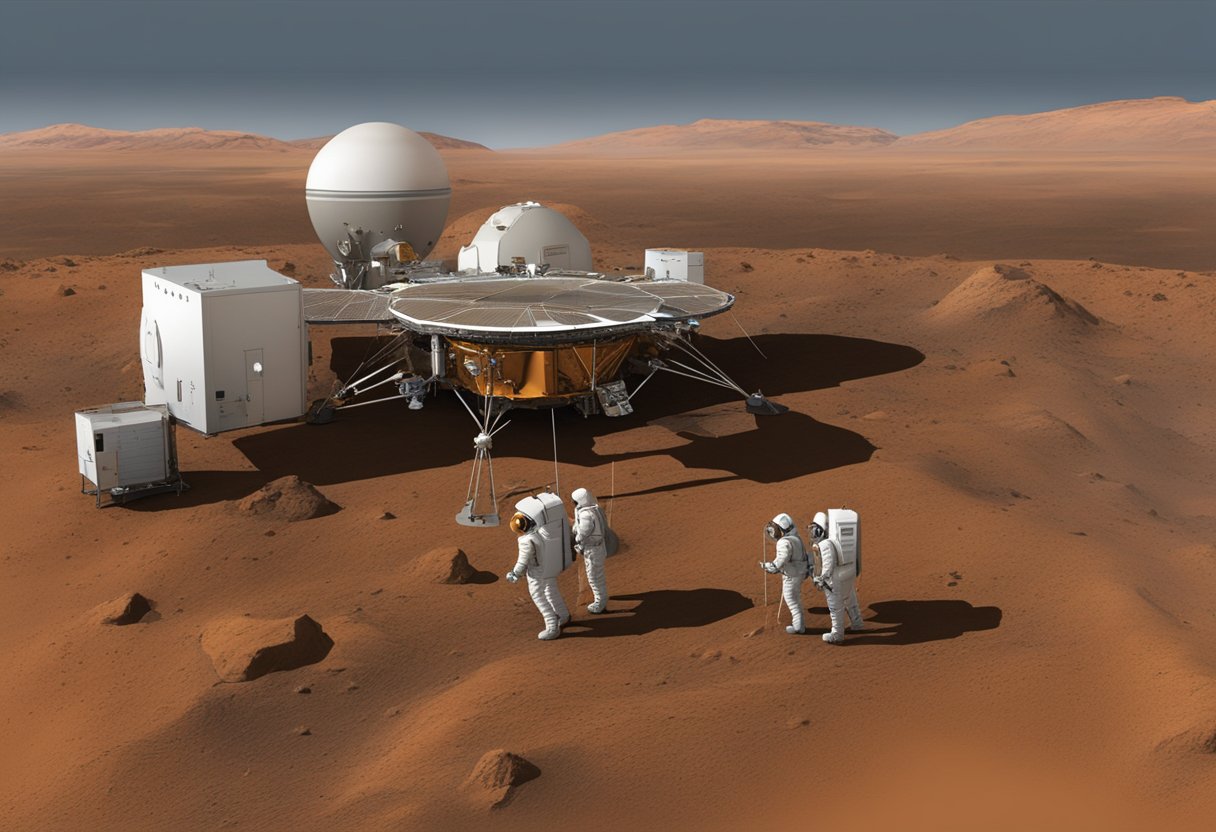
The Hope Mission to Mars, also known as the Emirates Mars Mission (EMM), has three primary scientific objectives. The main goal of the mission is to provide the first complete picture of the Martian atmosphere. The following subsections will explain the scientific objectives in more detail.
Study Martian Atmosphere
The Hope spacecraft is equipped with three scientific instruments that will study the Martian atmosphere.
The Emirates eXploration Imager (EXI) is a multi-band camera capable of taking high-resolution images with a spatial resolution of better than 8 km.
The Emirates Mars Infrared Spectrometer (EMIRS) will measure the temperature profile, dust, and ice clouds in the Martian atmosphere.
The Emirates Mars Ultraviolet Spectrometer (EMUS) will study the upper atmosphere, hydrogen, oxygen, and carbon monoxide.
Climate Dynamics
The second scientific objective of the Hope Mission to Mars is to explain how the weather on Mars affects the climate of the planet.
The spacecraft will collect data on the Martian climate and weather patterns to help scientists better understand the planet’s climate dynamics.
This data will be used to create models that can predict future climate changes on Mars.
Mars’ Weather Patterns
The third scientific objective of the Hope Mission to Mars is to study the weather patterns on Mars.
The spacecraft will collect data on the atmospheric conditions, including temperature, pressure, and humidity, to help scientists better understand the weather patterns on the planet.
This data will be used to create weather models that can predict future weather patterns on Mars.
Technological Advancements
The Hope Mars Mission is a significant milestone in the history of space exploration. The mission aims to study the Martian atmosphere and weather patterns to gain a better understanding of the planet’s climate history. To achieve this goal, the mission incorporates various technological advancements that allow for accurate data collection and analysis.
Innovative Instruments
The Emirates Mars Infrared Spectrometer (EMIRS) is one of the innovative instruments used in the Hope Mission.
The EMIRS instrument measures the thermal radiation emitted by the Martian surface and atmosphere to determine the temperature profile of the planet’s atmosphere.
This data helps scientists understand the dynamics of the Martian atmosphere and its interaction with the planet’s surface.
The Emirates Mars Ultraviolet Spectrometer (EMUS) is another critical instrument used in the Hope Mission.
The EMUS instrument measures the ultraviolet radiation emitted by the Martian atmosphere to determine its composition.
This data helps scientists understand the chemical processes that occur in the Martian atmosphere and how they affect the planet’s climate.
The Emirates Exploration Imager (EXI) is a digital camera that captures high-resolution images of the Martian surface.
The EXI instrument helps scientists study the geology of the planet and identify potential landing sites for future missions.
Data Collection and Analysis
The University of Colorado Boulder, Arizona State University, and the University of California, Berkeley, are some of the institutions involved in the Hope Mission.
These institutions have developed advanced data analysis techniques that allow for accurate interpretation of the data collected by the mission’s instruments.
The Infrared Spectrometer (IRS) and the Ultraviolet Spectrometer (UVS) are two critical instruments used in the Hope Mission.
The IRS instrument measures the infrared radiation emitted by the Martian atmosphere to determine its composition, while the UVS instrument measures the ultraviolet radiation emitted by the planet’s atmosphere to determine its density.
Impact and Collaboration
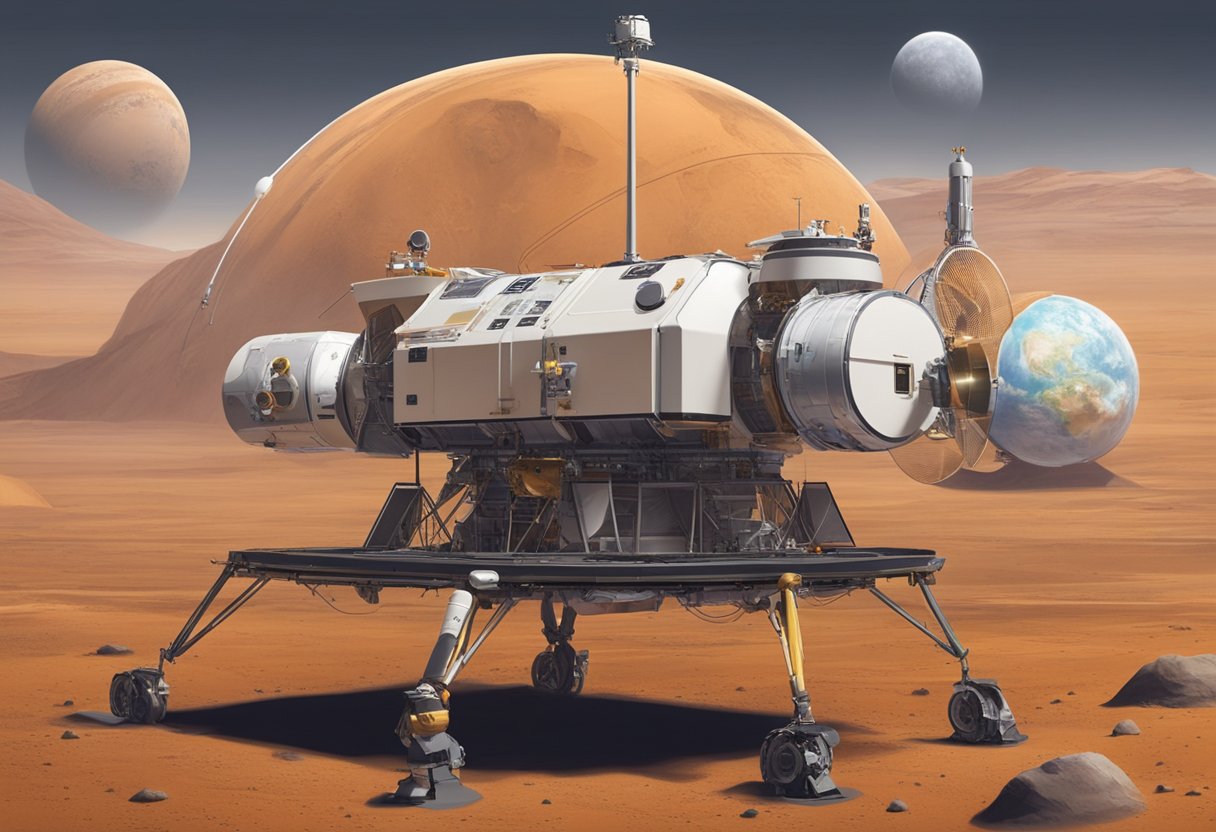
International Cooperation
The Hope Mission to Mars is not only a scientific endeavor but also a collaborative effort between the United Arab Emirates and international partners.
The mission aims to inspire young Arabs to pursue careers in space science and contribute to human knowledge and innovation.
Sheikh Mohammed bin Rashid, the Vice President and Prime Minister of the UAE, has emphasized the importance of international cooperation in space exploration to achieve common goals.
The Hope Mission was developed by Emirati scientists in collaboration with the University of Colorado Boulder, the University of California, Berkeley, and Arizona State University.
The mission also received support from NASA, which provided communication and navigation services. The Hope spacecraft was launched on a Japanese H-IIA rocket from the Tanegashima Space Center in July 2020.
Inspiring the Arab World
The Hope Mission is the Arab world’s first interplanetary mission, and it has already inspired many young Arabs to pursue careers in space science.
The mission aims to revive the spirit of the Islamic Golden Age, when Arab scholars made significant contributions to human knowledge in various fields, including astronomy.
The UAE government has invested heavily in space exploration and established the Mohammed bin Rashid Space Centre to develop the country’s space capabilities.
The Hope Mission is part of a larger vision to develop a thriving space sector in the UAE and inspire future generations of Emirati scientists.
The Hope Mission is also inspiring other countries in the region to invest in space exploration.
China’s Tianwen-1 mission to Mars and NASA’s Perseverance rover mission are examples of the growing interest in space exploration in the Arab world and beyond.
The Hope Mission is a testament to the power of international collaboration in advancing space science and inspiring young people to pursue their dreams.

